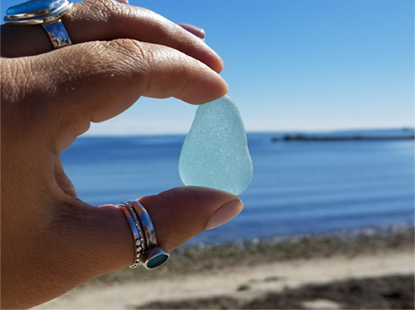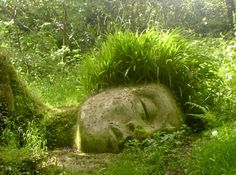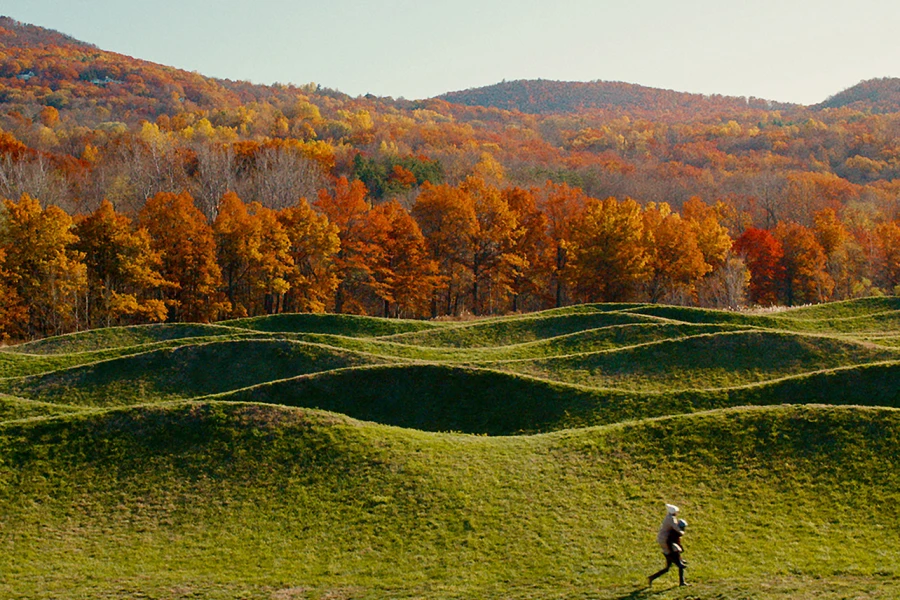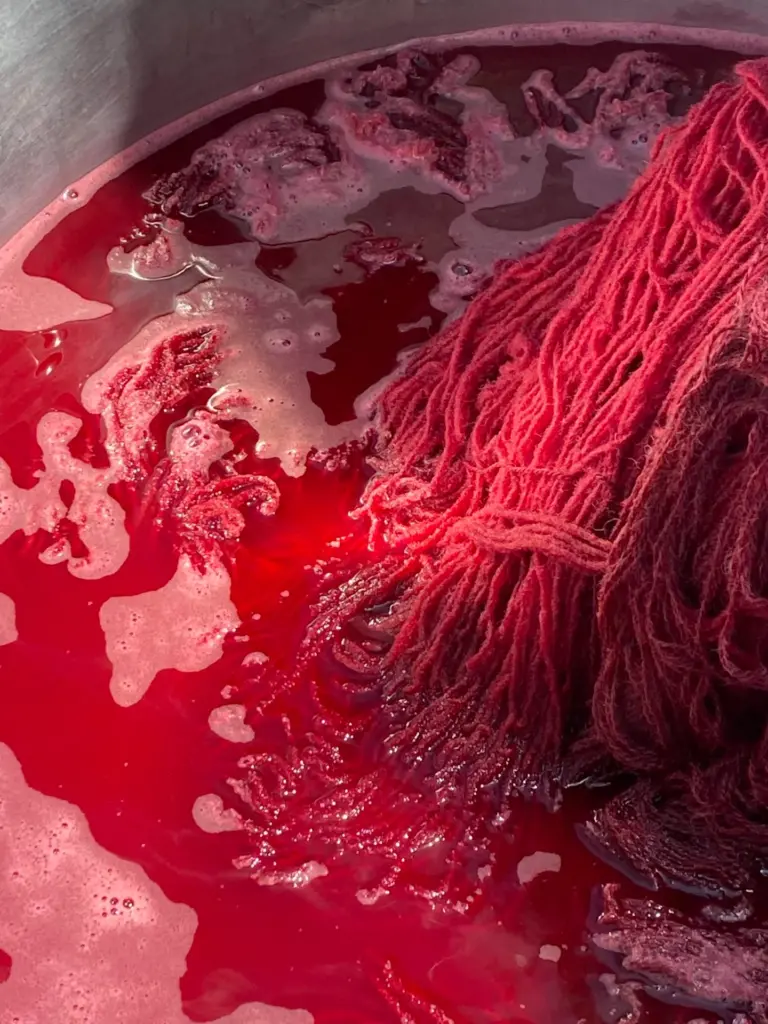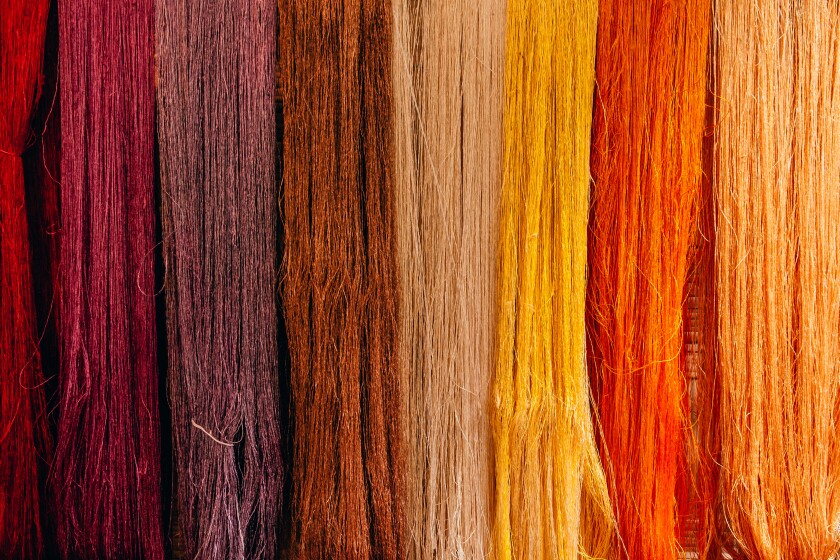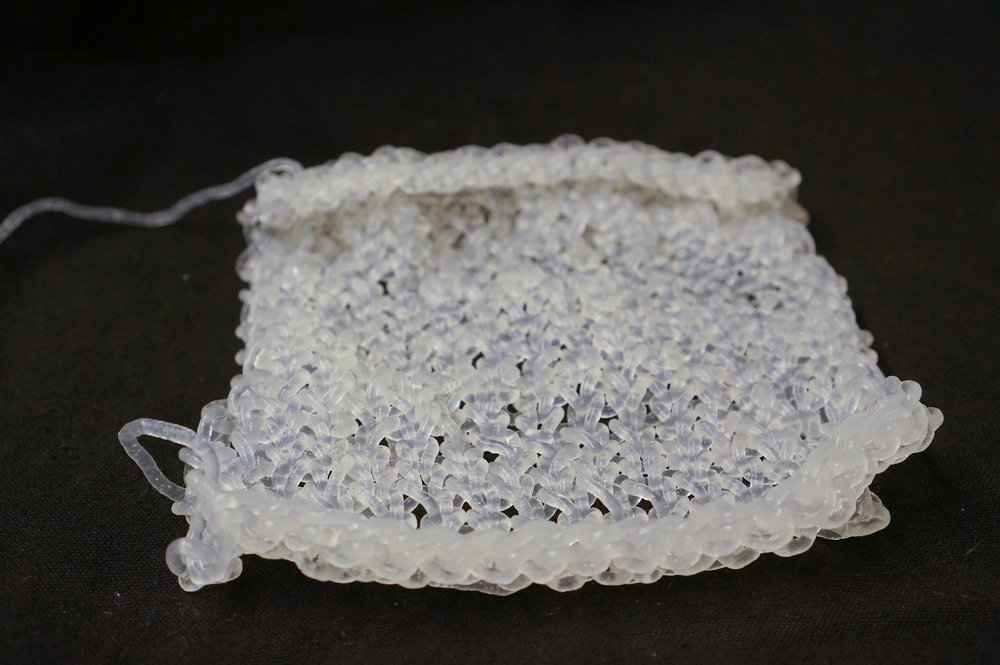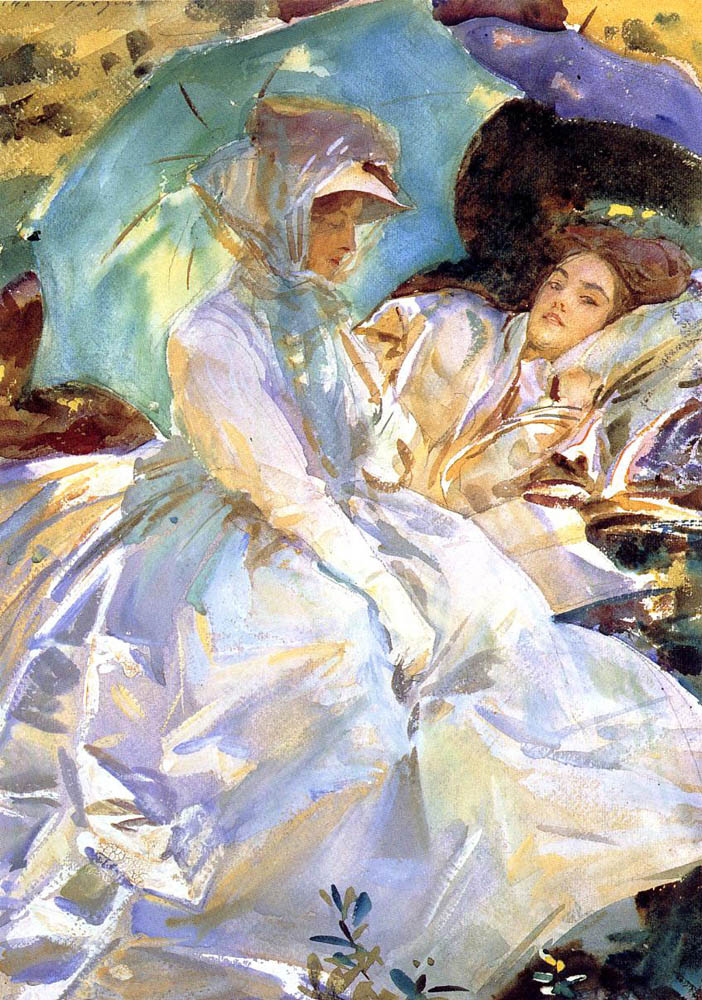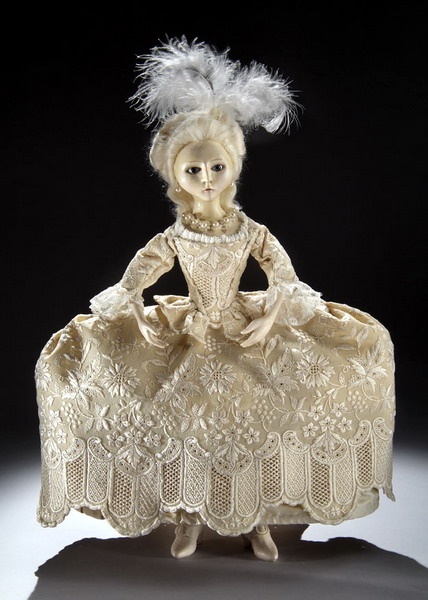Born from waste and waves, sea glass depicts the intricate relationship between nature and man, creation and preservation. Sea glass transforms from the forgotten fragments of discarded bottles and jars, glassware, and industrial shreds into gems smoothed by centuries. Although initially made by man, refined by nature, sea glass becomes polished fragments, glistening along the shore. It’s proof of beauty rising even from the pits of neglect and discardment.
Sea glass began as the wreckage of human hands, glass tossed into the ocean, sharp and hazardous, polluting aquatic environments. But the sea wields salt and sand with untiring artistry, gradually softening each shard’s edges with its infinite brush. Over time, what once posed harm to life is reimagined. Edges dulled, and its surface muted to a frosted clarity, the colors of sea glass shift by the ocean’s touch. Greens from old beer bottles, orange from traffic warning lights, and turquoise from tableware, each hue traces human history, captured and transformed by nature’s cadence.
As the artistry of sea glass emerged over time, artists began to collect these pieces along beaches, no longer treating the material as debris but as a sustainable medium for creation. Additionally, around the 20th century, jewelers, crafters, and fashion designers began to popularize the incorporation of sea glass into wearable art. One significant example of this is the Stephen Yearick Couture wedding gown made with recycled elements such as sea glass and intricately decorated with seashells. This diverse creation of mosaics, jewelry, sculptures, clothing, etc. expands artists’ boundaries of creativity. It changes the definition of seaglass from waste to the possibility of beautiful renewal, emphasizing the potential of endurance and transformation.
Sea glass, is more than a simple, discarded material. It is the ocean’s quiet, creative solution to our negligence, a form of art shaped by both human impact and nature’s hand. These fragments of frosted beauty remind us that art can be found in even the most unexpected places, and that nature’s artistry may hold the gentlest, most intricate solutions to the traces we leave behind.


